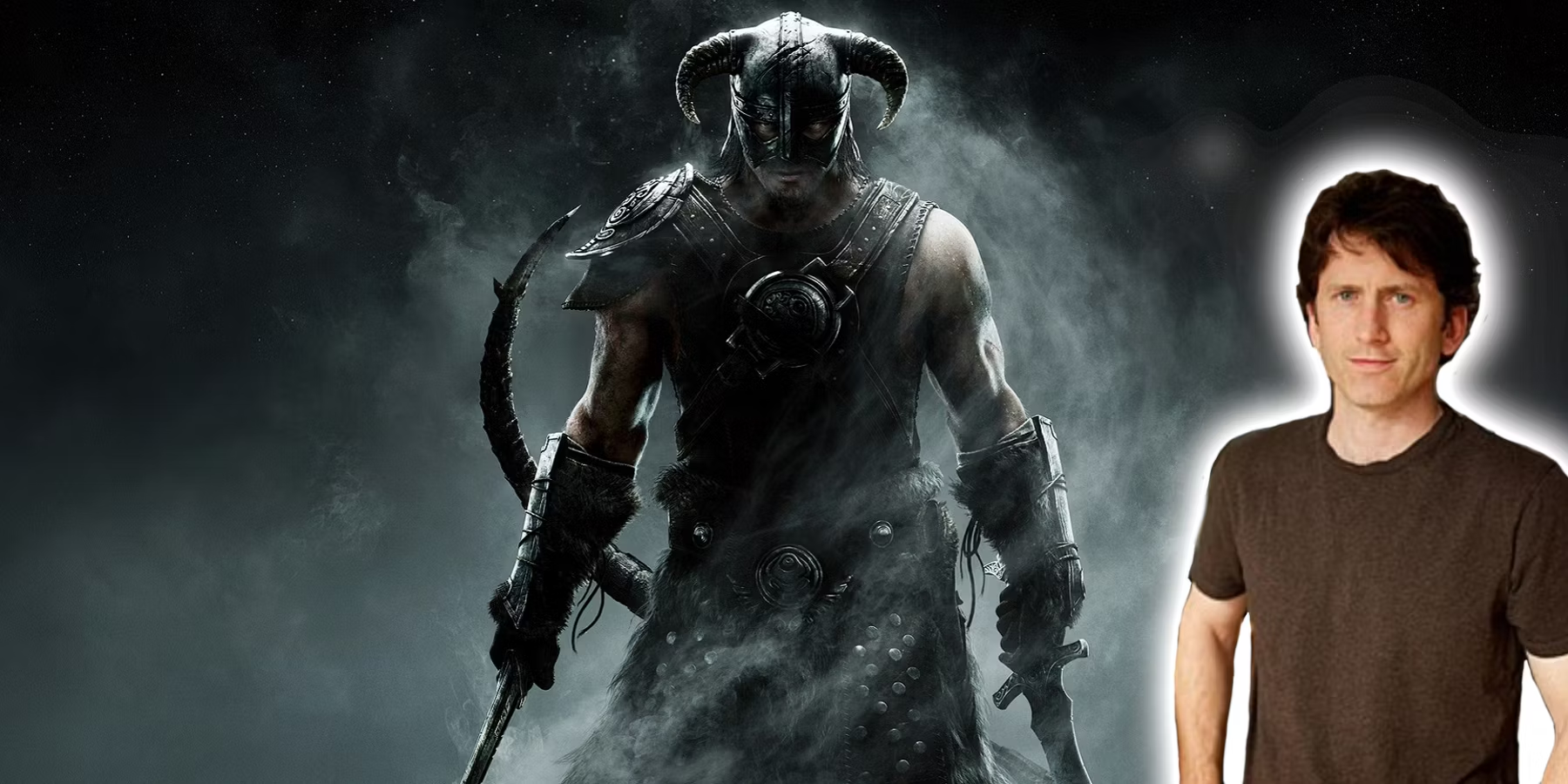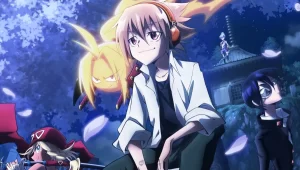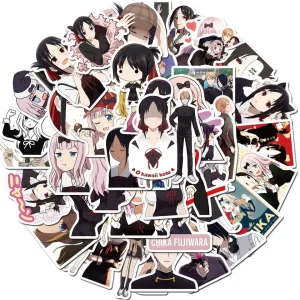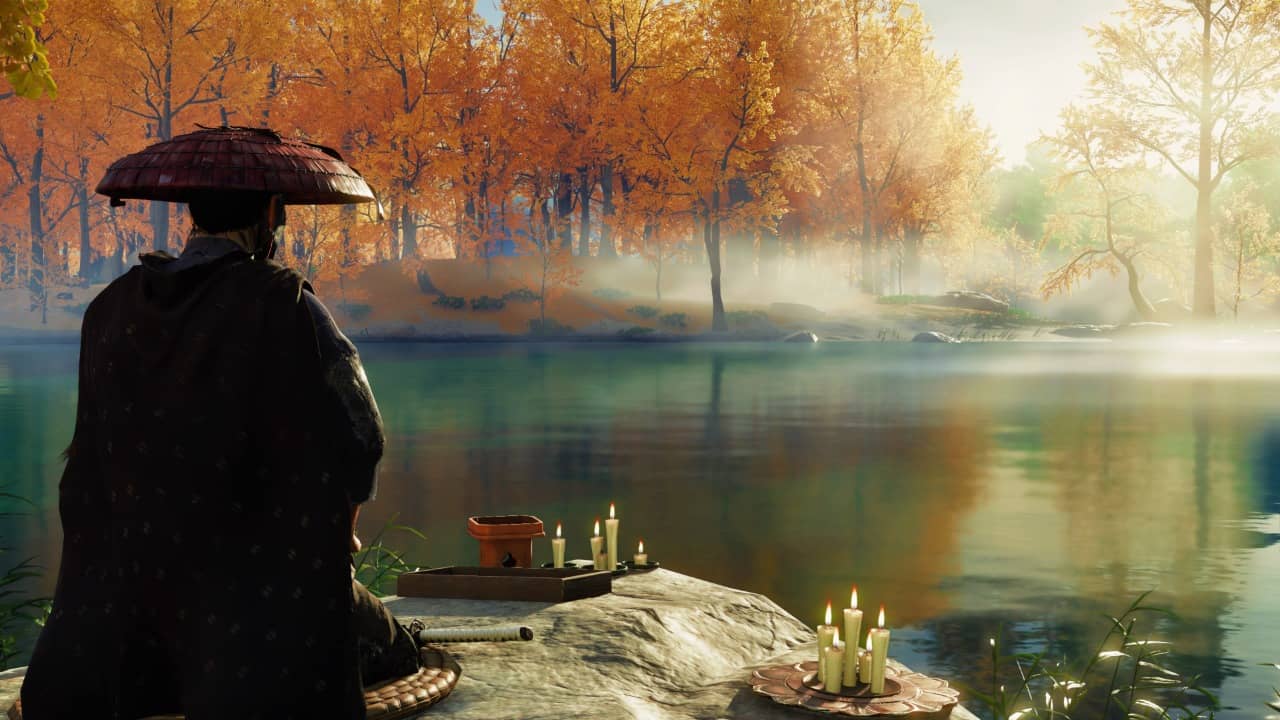
Ghost of Tsushima is one of the hottest games to come out of the Playstation 4 gates this year. While heavy hitters like Final Fantasy VII Remake and The Last of Us: Part 2 had their time to shine. Ghost of Tsushima is one of beauty, violence, and peacefulness all wrapped into one game. Sucker Punch moved from their traditional superpowered superheroes and mischievous thieves to give us a work of art. Art is something to look for in Ghost of Tsushima when playing the game. I was in awe by the pure beauty of the game. I galloped across vast fields and soaked up the sun across a beautiful ocean view. Of course, I did my fair share of plentiful missions and slicing through enemies. However, I had to admire the appreciation for the culture.
Mainstream Japanese Cultural Impact
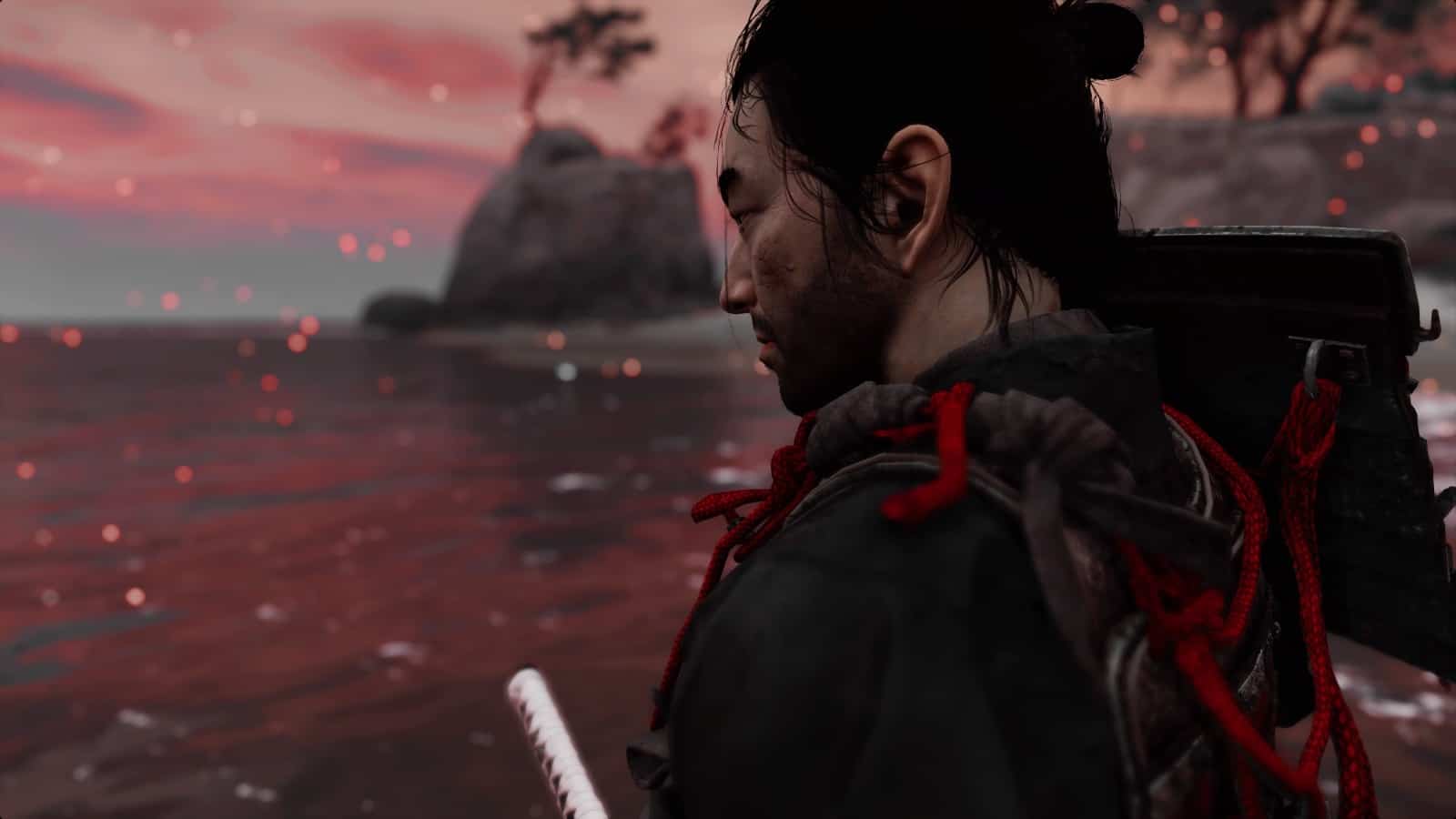
Anime to binge-watch on Netflix and Crunchyroll. Also, giving us masterpieces from Studio Ghibli like the works of legendary Hayao Miyazaki. Also, let’s not forget SUSHI! I don’t know how I would live without my California Rolls from time to time. I am sharing all this because, like many cultures that impact the western hemisphere, the Japanese influence is enormous.
Ghost of Tsushima delivers traditional themes and cultures of 13th century Japan while keeping the excitement of past Samurai films. It’s a unique blend of Akira Kurosawa’s cinematography with a sense of style. A style that I have seen through Japanese animations such as Samurai Champloo, Rurouni Kenshin, and my favorite Samurai Jack. Just without the whole traveling to the future sort of thing. Sucker Punch did an excellent job of capturing the look and feel for old traditional Japanese culture. Which in modern video games, this genre is lacking. There are past games like Ninja Gaiden, Way of the Samurai, and Dynasty Warriors that we have to credit. However, Ghost of Tsushima is more in-depth with its rendition of old traditional Japan.
What Sets It Apart From Other Japanese Media?
Ghost of Tsushima sets itself apart from past games for its attention to details and emphasis on its themes. For one thing, the game has a setting to enable Japanese subtitles. Incredible addition from Sucker Punch for making players feel more immersive in this game. Heck, I enabled it, and I watch dubbed anime. Don’t judge me, please. Another option is Kurosawa Mode, which gives an appreciation of past black and white samurai films. The combat has a ton of emphasis on parrying and dodging while keeping true to combat. Ghost of Tsushima is not fighting waves of enemies on a screen while mashing one button. It’s not something we have seen in past samurai-inspired games. I appreciated the traditional songs and vibes that Ghost of Tsushima gave off.
Another element I loved is the theme of honor throughout the game from Jin’s interactions with allies and enemies and questioning of his actions. In past games, the subject of honor is there, but its usually shrouded by over the top violence. While playing the game, I sympathize with Jin and his way of honor and moral code; there is never a moment when they don’t revisit that theme. It’s shown through the standoffs to the cinematic cutscenes of a duel between Jin and an opposing enemy. Honor is the focal point of the story. You can step away from missions and enemy encounters, to take in the beauty of the environment. I spent so much time in Photo Mode more than anything else in the game. Every capture seems like the next step to a new desktop wallpaper.
Discussing Cultural Appropriation
Cultural Appropriation is a highly talked about subject for Ghost of Tsushima and how Sucker Punch uses the source material. Ghost of Tsushima takes place in 1274 of the Mongol Invasion of Feudal Japan. Some people that study Japanese culture are discrediting Sucker Punch’s accuracy of the source material. You have to realize, Ghost of Tsushima, while representing Feudal Japan, also has to be a video game. A video game has to be fun and exciting. Many players, such as myself, will not go in-depth on the internet about old Japanese traditions. If we wanted to, we would have streamed a documentary or audiobook.
Players are buying Ghost of Tsushima for entertainment, not a history lesson. I never played God of War to learn more about Greek Mythology instead of destroying gods with Kratos’ bare hands. There are plenty of movies and shows that have been dramatized for excitement. Movies like 300 and The Revenant aren’t historically accurate. However, this doesn’t mean they are not enjoyable to watch.
Ghost of Tsushima is being critiqued for the clothing, attacking styles, and its portray of Samurai traditions. The game is not solely a samurai only game; it represents a shinobi way of life as well. Does Jin take the honorable path of standing off face to face against enemies or use stealth dispose of enemies? It’s ultimately the player’s choice, and I believe a smart choice for mixing up playstyles. If you criticize Sucker Punch for their historical portrayal, you downplay their efforts to create an enjoyable game.
Appreciation For Tsushima
You have to give credit, where credit is due to the team and developers at Sucker Punch. They studied a lot and developed a very satisfying game; a lot of people should be happy. I, for one, am happy to enjoy the exploration, action, and themes the game has to offer. It brings life to Japanese culture, unlike the impact that giant robots or anime we associate with Japanese influences. I commend Sucker Punch for efforts made by hiring Japanese voice actors and bringing homage to Kurosawa samurai films. They include satisfying action, but a timeout to find and collect haikus and flute songs. I never felt so immersed in the world of 13th-century feudal Japan till I played Ghost of Tsushima. Even with existing media before it, Ghost gave me a broader sense of appreciation for old Japanese traditions.
It may not be all historically accurate in its details, but its a delightful game. Sucker Punch didn’t need to go the extra mile, but they did anyway. For that, I will give them a ton of respect for it. So, if you don’t mind, I have more photos to take of this beautiful game.
For a first impression review for Ghost of Tsushima. Click here. “My First Few Hours in ‘Ghost of Tsushima






